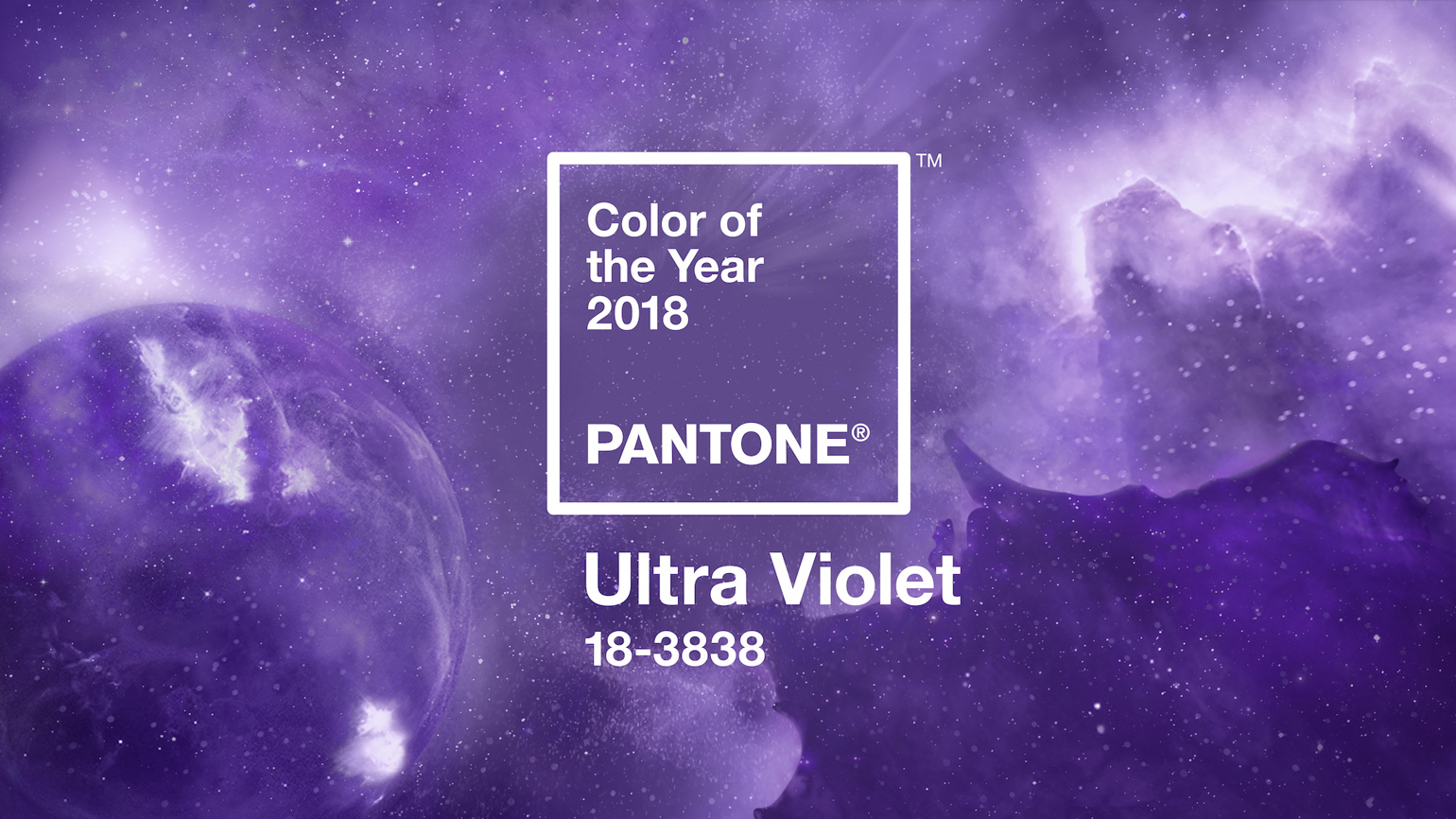As a brand experience agency, our goal at BOLTGROUP is to create moments that matter. But leading up to these brand moments that will win the hearts and minds of consumers, there’s a great deal of work that goes on behind the curtain. While the end goal is to create a truly memorable experience at every touchpoint, we first work with our clients on a strategic level to ensure that every touchpoint has a purpose and meaning. Using this approach, the brand will unfold with truth and transparency.
A lot of folks may think the creative part comes easy, and no question, it is enjoyable. But creative is only effective when careful preparation, understanding, and selection is practiced. This smooths the path toward a strong visual and verbal identity. The late, great Paul Rand once said:
“Design can be art. Design can be aesthetics. Design is so simple, that’s why it is so complicated.”
What appears to be a simple and beautiful visual identity is, in fact, the result of a scientific approach to problem solving. Let’s walk through the science behind the art.
Discover Your Position and Own It
BOLTGROUP always takes a strategic approach to brand development. Without a solid strategy, you’re likely to lose your way. And as with a physical structure, a solid starting foundation to your brand is the key to longevity. The foundation, if properly structured, will be the bedrock that holds up your brand’s ecosystem, both internally and externally.
Part of this foundation is your brand’s position in the marketplace. Your position should be unique to your offerings. It’s often not enough that you sell a great product, you must also think about what void that product fills in the lives of your customers. Position your brand in a way that sets it apart from the competition. Doing so builds customer retention by identifying with individual needs on a more intimate level.
Little Burros is a long-standing client that came to us as a family business with big ideas to shake up the lawn and garden market. The family spends lots of time gardening on weekends, lugging plants, tools, and gear around the yard. They realized they were making repeated trips to the shed for tools and gear. They tried various carts and caddies from the garden center to make the job easier. Some products got part of the job done, while others offered one feature like a seat or storage. But what was needed was helpful innovation that does it all. So they rolled up their sleeves and created the first ideal caddy. Dubbing it “Little Burro,” we positioned the brand to have a unique offering in the market. The does-it-all Little Burro.
By positioning the brand as a loyal, helpful, and innovative partner, we were able to fill that gap in the market. Fewer trips to the garden shed or garage helps you get the job done faster and more efficiently. This positioning was then unpacked into a visual library of iconography, supporting the idea of the helpful sidekick.

